Service Hotline:86-0592-5681408 / 86-17346269651
In road construction, foundation compaction, airport runway building, and other infrastructure projects, road roller are indispensable. Different types of rollers are suitable for different conditions and materials. Selecting the right machine can significantly improve construction efficiency and ensure compaction quality.
This article provides an in-depth overview of the main roller types, their structural features, working principles, applicable scenarios, and technical specifications—helping you make the best decision based on your actual project needs.
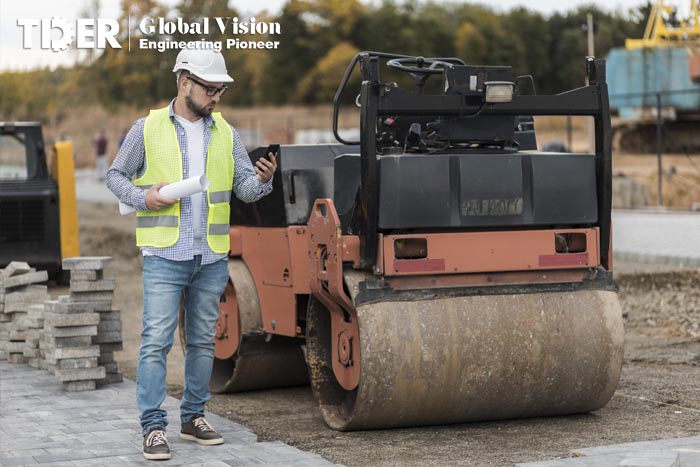
Ⅰ. What Is a Road Roller?
A road roller is a type of construction equipment that compacts soil, asphalt, gravel, and other materials using its own weight or vibration. It is mainly used in the construction of highways, railways, airports, and dams to improve the density and bearing capacity of subgrades or surfaces—enhancing structural stability and durability.
Originating in the mid-19th century as steam-powered machines, modern rollers have evolved into a diverse and technically sophisticated category. According to ISO 6165, road rollers are primarily divided into static rollers, vibratory rollers, pneumatic (rubber tire) rollers, and impact rollers.
Core Functions of Road Rollers:
1. Improve Material Density:
Compaction reduces the voids between particles, resulting in a denser structure with higher compressive strength.
Static rollers apply continuous pressure through machine weight.
Vibratory rollers use high-frequency vibrations to rearrange particles tightly.
Impact rollers break loose structures with strong shocks to form a solid base.
Studies show that proper compaction significantly lowers porosity and can increase compressive strength by 2–3 times. On highways, a well-compacted subgrade can double the rebound modulus, enhancing long-term pavement performance.
2. Enhance Surface Smoothness:
Flat pavement improves ride comfort and extends pavement life.
Double drum vibratory rollers smooth out mix buildup through oscillating compaction.
Pneumatic rollers use multiple tires and flexible pressure to eliminate surface markings.
A properly designed compaction sequence can reduce asphalt surface irregularities to below 3 mm per 4 meters, helping cut fuel consumption by 10%–15%.
3. Improve Pavement Durability:
A denser surface prevents water infiltration and minimizes deformation or cracking caused by rain or heavy traffic.
Each 1% increase in compaction can extend fatigue life by ~15%. Modern intelligent rollers are equipped with real-time compaction monitoring to ensure uniformity, reducing future maintenance costs by 30%–40%.
Ⅱ. Road Roller Types: Which One Suits Your Project?
1. Static Roller
Working Principle: Applies continuous pressure using its own weight; no vibration or impact.
Best For: Sensitive environments where vibration could damage surrounding structures—urban streets, pipeline zones, asphalt surfaces.
Pros: Simple structure, easy maintenance, smooth finish.
Limitations: Limited compaction depth; not suitable for thick fill layers.
Suggested Use: Final surface finishing or areas requiring low-impact compaction.
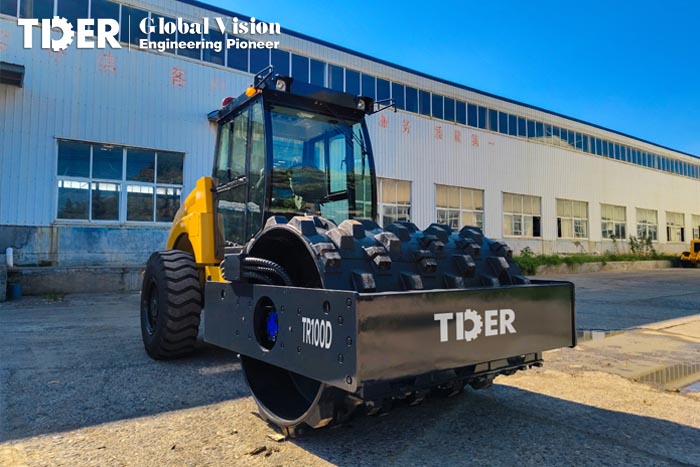
2. Vibratory Roller
Working Principle: Combines machine weight with high-frequency vibration for deep compaction.
Best For: Granular materials like sand and gravel; can adjust amplitude and frequency.
Pros: Deep compaction, high efficiency, versatile for most earthworks.
Limitations: Produces noise and vibration; not ideal near sensitive structures.
Suggested Use: Highways, runways, industrial yards—large-scale foundation work.
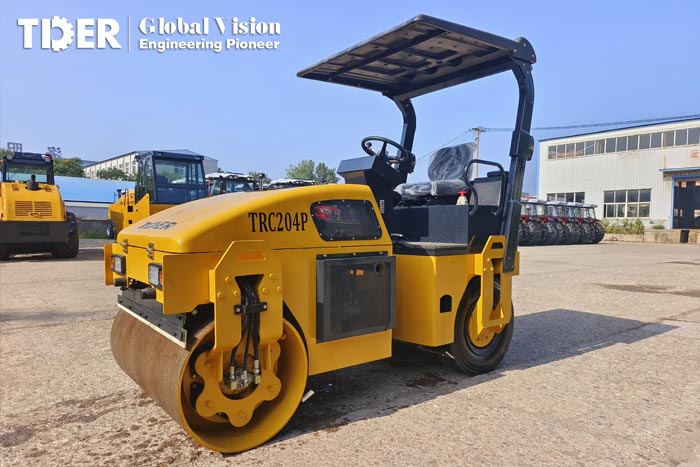
3. Pneumatic (Rubber Tire) Roller
Working Principle: Uses multiple air-filled tires for soft kneading action that compacts evenly.
Best For: Final passes on asphalt pavement, smoothing out roller marks.
Pros: Smooth, attractive finish with no visible tracks; pressure adjustable for different materials.
Limitations: Not effective for deep compaction; weaker on complex foundations.
Suggested Use: Urban streets, bridge decks, asphalt finishing passes.
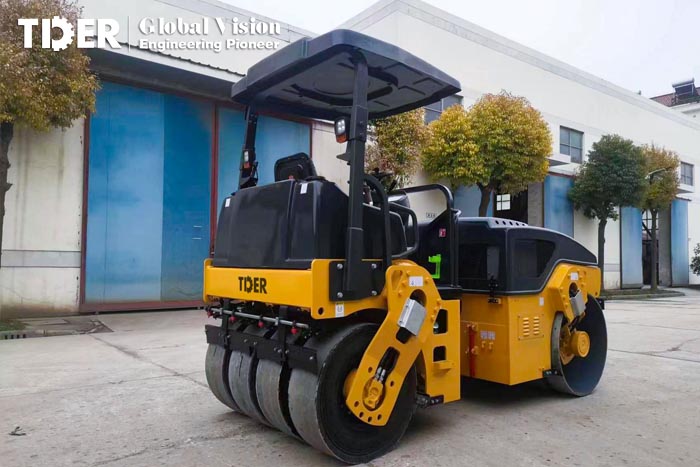
4. Impact Roller
Working Principle: Polygonal steel wheels create periodic impact during high-speed motion.
Best For: Breaking and compacting old structures; deep compaction for complex geology.
Pros: Powerful penetration and efficiency; suitable for challenging subgrades.
Limitations: High vibration and noise; may affect nearby structures.
Suggested Use: Runways, embankments, industrial foundations, subgrade improvement.
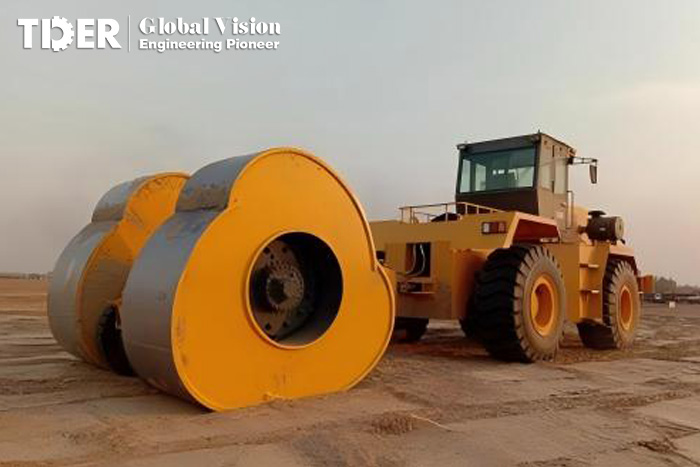
5. Walk-Behind Roller
Working Principle: Small-scale manually operated roller for confined spaces.
Best For: Small repairs and edge compaction in limited areas.
Pros: Portable, easy to operate, adaptable.
Limitations: Shallow compaction only; not for heavy-duty tasks.
Suggested Use: Sidewalks, trench backfills, landscaping, small municipal works.
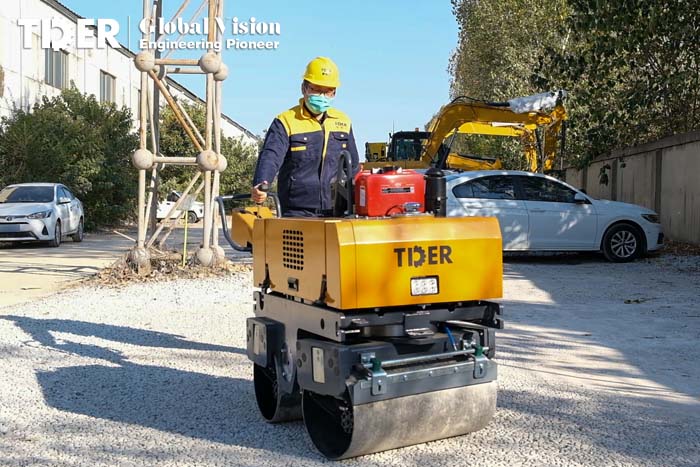
TDER 550KG Walk Behind Single Drum Road Roller
⚠️ Note: "Static roller" refers to the compaction method, while "hydrostatic drive" refers to the drive system. The two are unrelated. Hydrostatic systems are widely used in mid- to high-end vibratory and pneumatic rollers for precision control of speed and direction.
Ⅲ. Technical Comparison Table
Type | Operating Weight (tons) | Compaction Width (m) | Compaction Depth | Suitable Materials |
Static Roller | 8–12 | 1.5–2.2 | Shallow | Asphalt surface, thin-layer materials |
Vibratory Roller | 10–20 | 2.0–2.5 | Deep (0.3–0.5 m) | Soil, gravel, asphalt |
Pneumatic Roller | 12–25 | 2.0–2.5 | Medium | Asphalt mixtures, cohesive soil |
Impact Roller | 15–30 (impact energy) | 2.0–2.5 | Very deep (1–2 m) | High-fill subgrades, reclaimed pavement |
Walk-Behind Roller | 0.5–3 | 0.6–1.2 | Shallow | Small projects, confined areas |
Ⅳ.Conclusion
Choosing the right roller requires a balanced consideration of project type, material properties, and site conditions.Static rollers are best for fine compaction in sensitive areas. Vibratory rollers suit deep and high-efficiency compaction. Pneumatic rollers are ideal for final asphalt finishes. Impact rollers excel in complex or high-fill foundations. Walk-behind rollers offer flexibility in tight or small-scale jobs.
With continuous innovation in compaction technology, from traditional static pressure to intelligent compaction systems, performance and productivity continue to improve. When purchasing, look beyond specs—consider operational compatibility and ROI. In the future, smart and eco-friendly technologies will further enhance the role of rollers in modern construction.